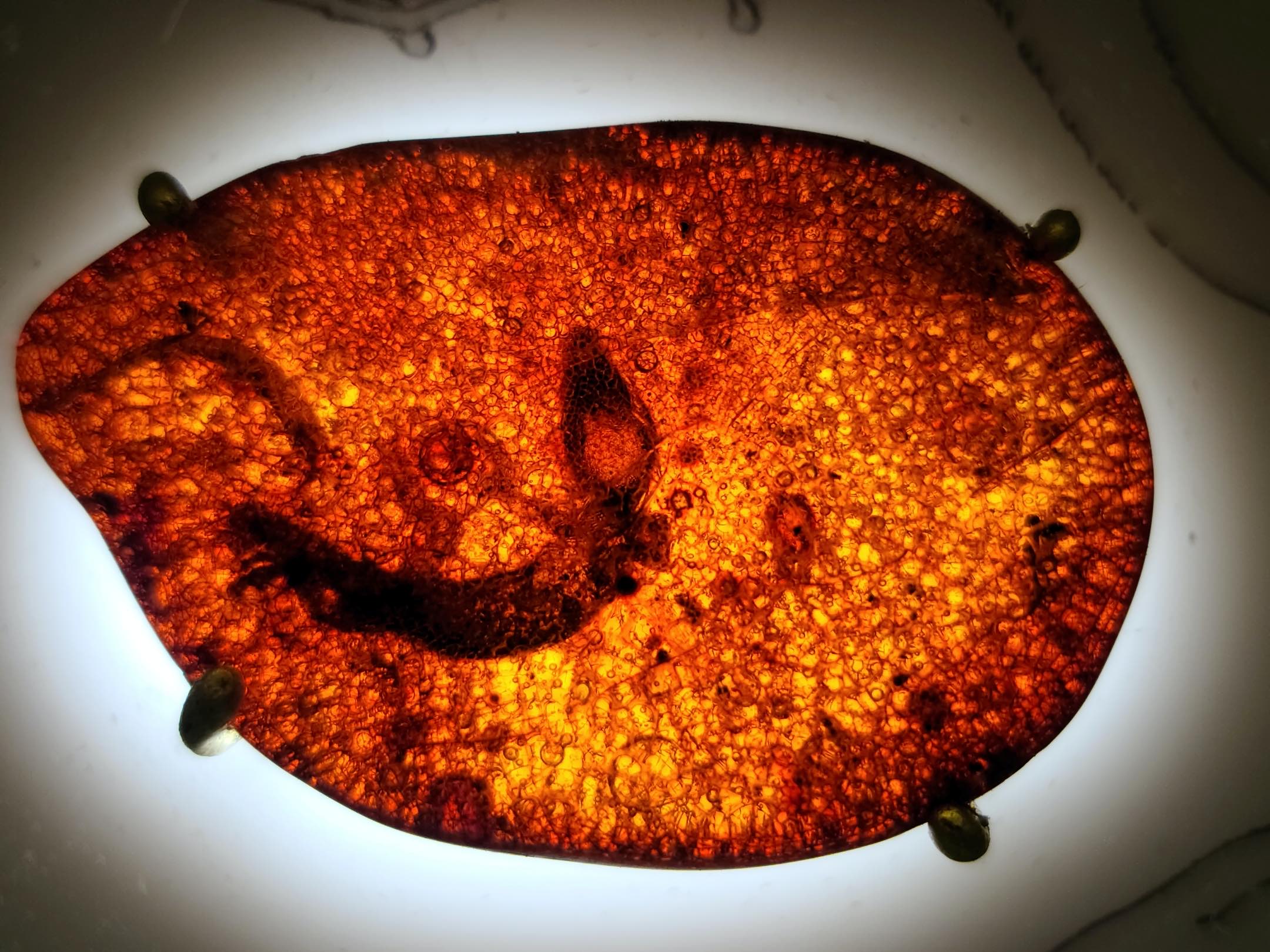Amidst the enchanting Caribbean island of Hispaniola lies a hidden gem that has captivated the world for centuries: Dominican Republic amber. Renowned for its extraordinary beauty and intriguing historical significance, this amber holds within its translucent depths a fascinating tale of ancient forests, prehistoric life, and the captivating wonders of nature.
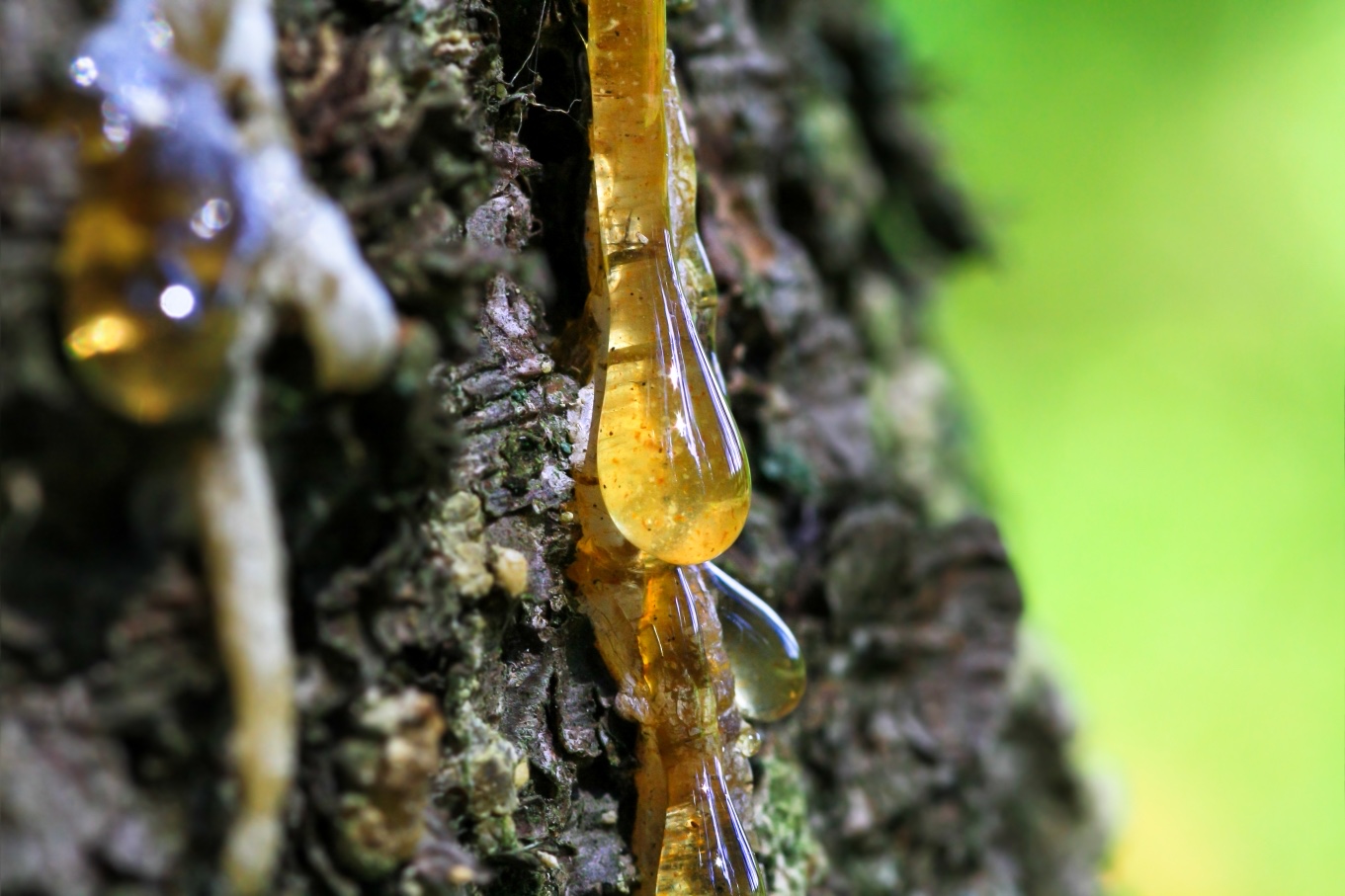
Amber, a Time Capsule
Dominican Republic amber is a type of fossilized tree resin that has been preserved for about 15 million years. Amber itself is formed through a process called polymerization, where the resin exuded by ancient trees undergoes a chemical transformation over time, solidifying into a unique gemstone. It is a natural time capsule, encapsulating fragments of the past and offering a glimpse into the world as it existed millions of years ago.

What sets Dominican Republic amber apart is its exceptional quality and stunning range of colors. Known for its transparency and clarity, it often showcases shades of golden-yellow, honey, cognac, or even rare blue and green hues. The gem’s transparency allows light to pass through, lending it an ethereal glow that is highly prized by collectors and artisans alike.
Dominican Amber Mining
Santiago, Hato Mayor and Puerto Plata are the provinces where Amber is mined in the Dominican Republic. We watched a group of miners (Dominicans and Haitians) ascend and descend while being held by a rope through a narrow vertical duct that was 68 feet deep. To prevent the soil from collapsing, they sealed the tunnel walls with palisades.

With flashlights strapped to their heads and without protective helmets, they moved hunched over in the dimness of the underground, in a space that was 8 feet wide. They toiled to find amber in one of the pits of Siete Cañadas, the largest and most productive amber mine in the Yanigua formation, which stretches from Los Haitises to El Cabao and El 20 on the Hato Mayor-El Valle road.
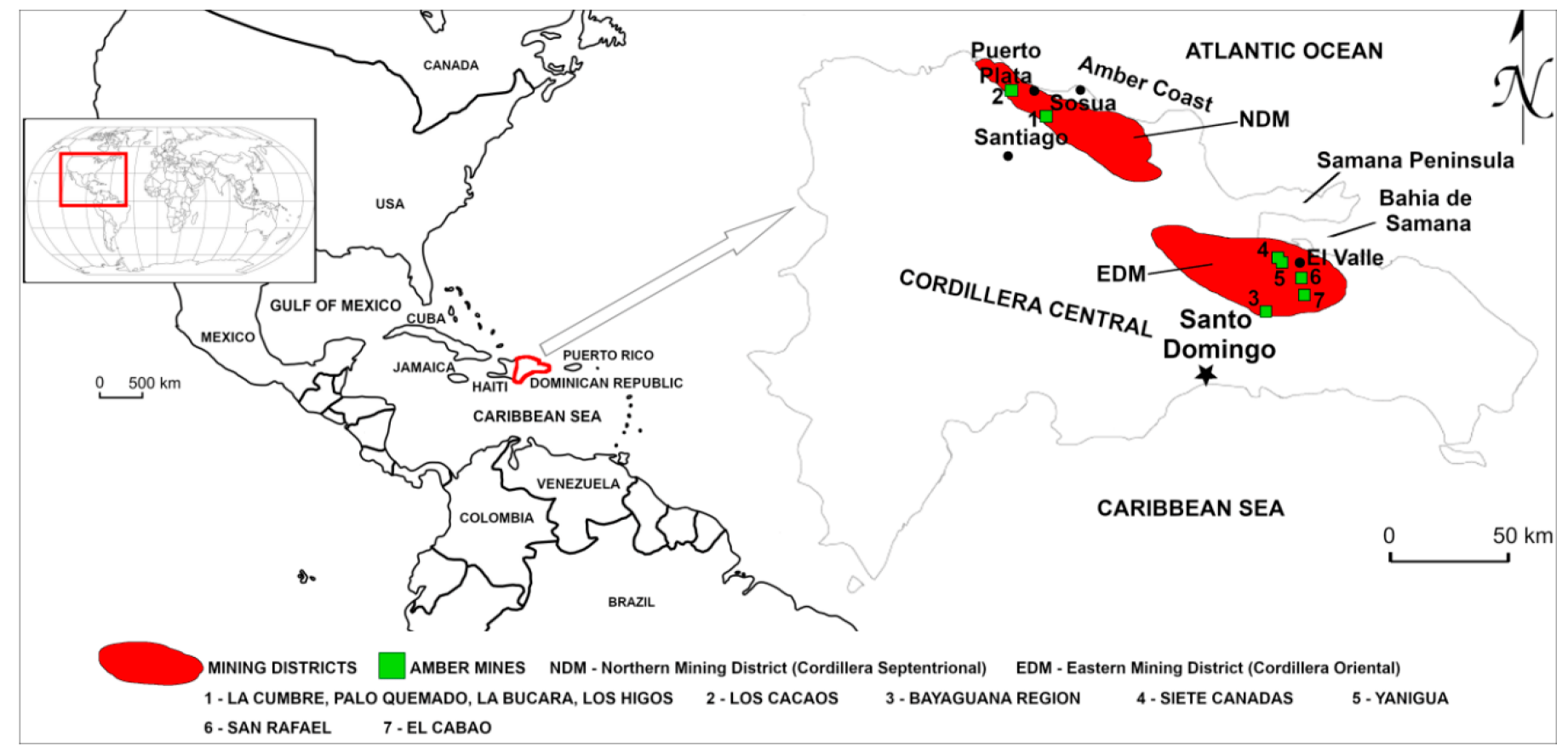
In this geological territory, the miners of El Valle exploit 40 square kilometers in around 98 shafts, which by 2016 were a source of at least 1,090 direct jobs and 4,033 indirect jobs. Previously, between 1970-1980, a period of mining boom was marked, when other mines were opened in Santiago, such as Palo Quemado, Palo Alto and La Tosca. Also known are Los Higos, La Búcara, Cumbre de Palo Quemado and Los Cacaos. In addition, in Puerto Plata there are Mamey-Los Hidalgos, Altamira, Juan Nina and Pescado Bobo.
Scientific Value
Beyond its aesthetic appeal, Dominican Republic amber holds great scientific value. Embedded within the amber are a wealth of ancient organisms, including insects, plants, and even small vertebrates, perfectly preserved in exquisite detail. These inclusions offer an invaluable window into the past, allowing scientists to study long-extinct species, their behavior, and the ecosystems they once inhabited.
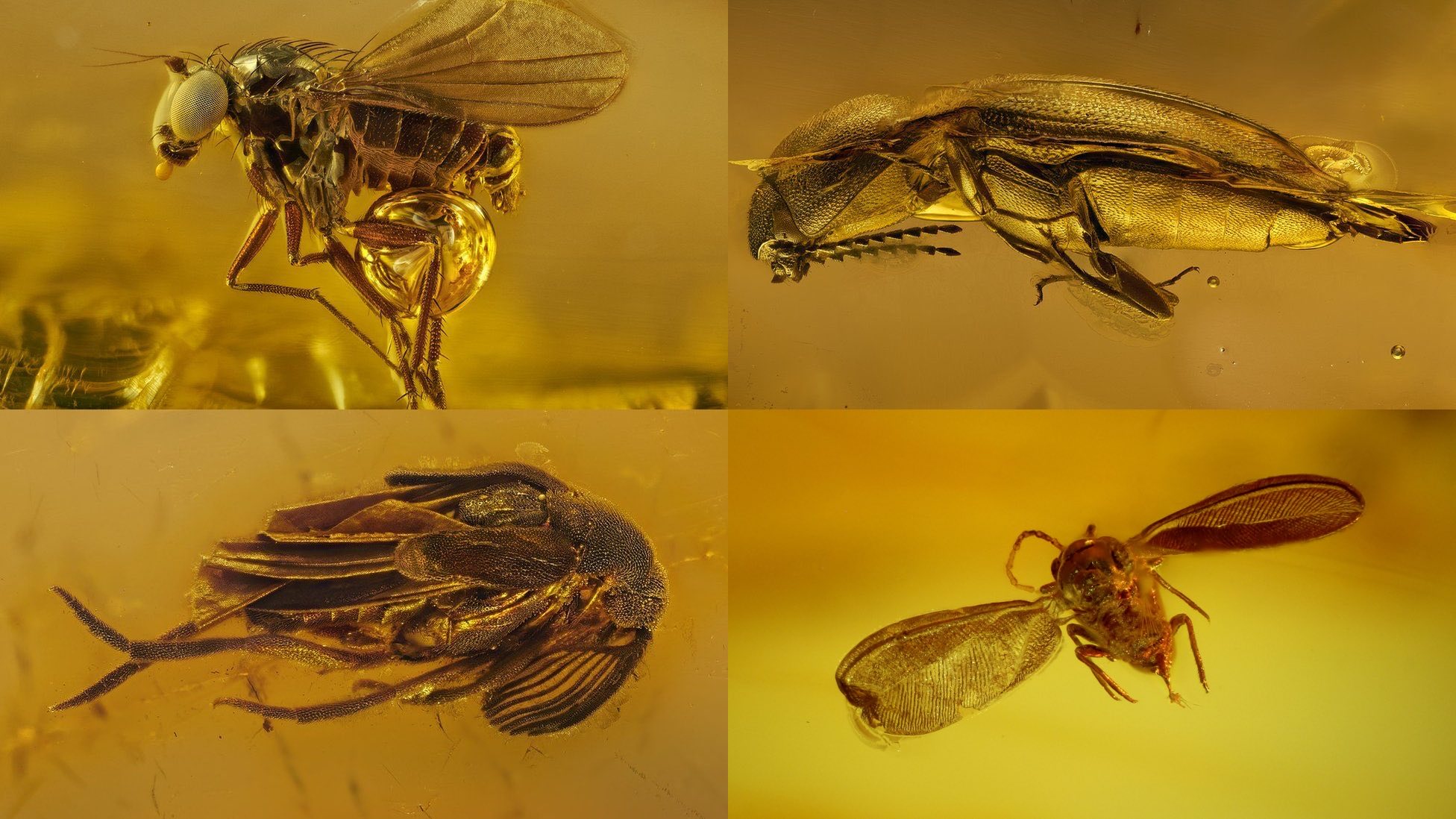
One of the most notable and revered inclusions found in Dominican Republic amber are insects. From tiny mosquitoes and ants to delicate beetles and spiders, these ancient creatures have been immortalized in amber for millions of years. The exquisite preservation of these organisms enables scientists to study their anatomy, evolutionary adaptations, and even their interactions with plants and other organisms.
The Dominican Republic has become a global center for amber mining and craftsmanship, with the northern region of the country being particularly renowned for its amber deposits. The process of extracting amber is meticulous, often involving hand-mining and careful excavation to ensure the preservation of delicate inclusions.
Amber Jewelry
Skilled artisans and jewelers then transform these precious stones into intricate and unique pieces of jewelry, creating wearable art that reflects the beauty and history of the Dominican Republic.
The beauty and scientific significance of Dominican Republic amber have not gone unnoticed. Museums, collectors, and scientists from around the world flock to the country to study and acquire these rare gems.
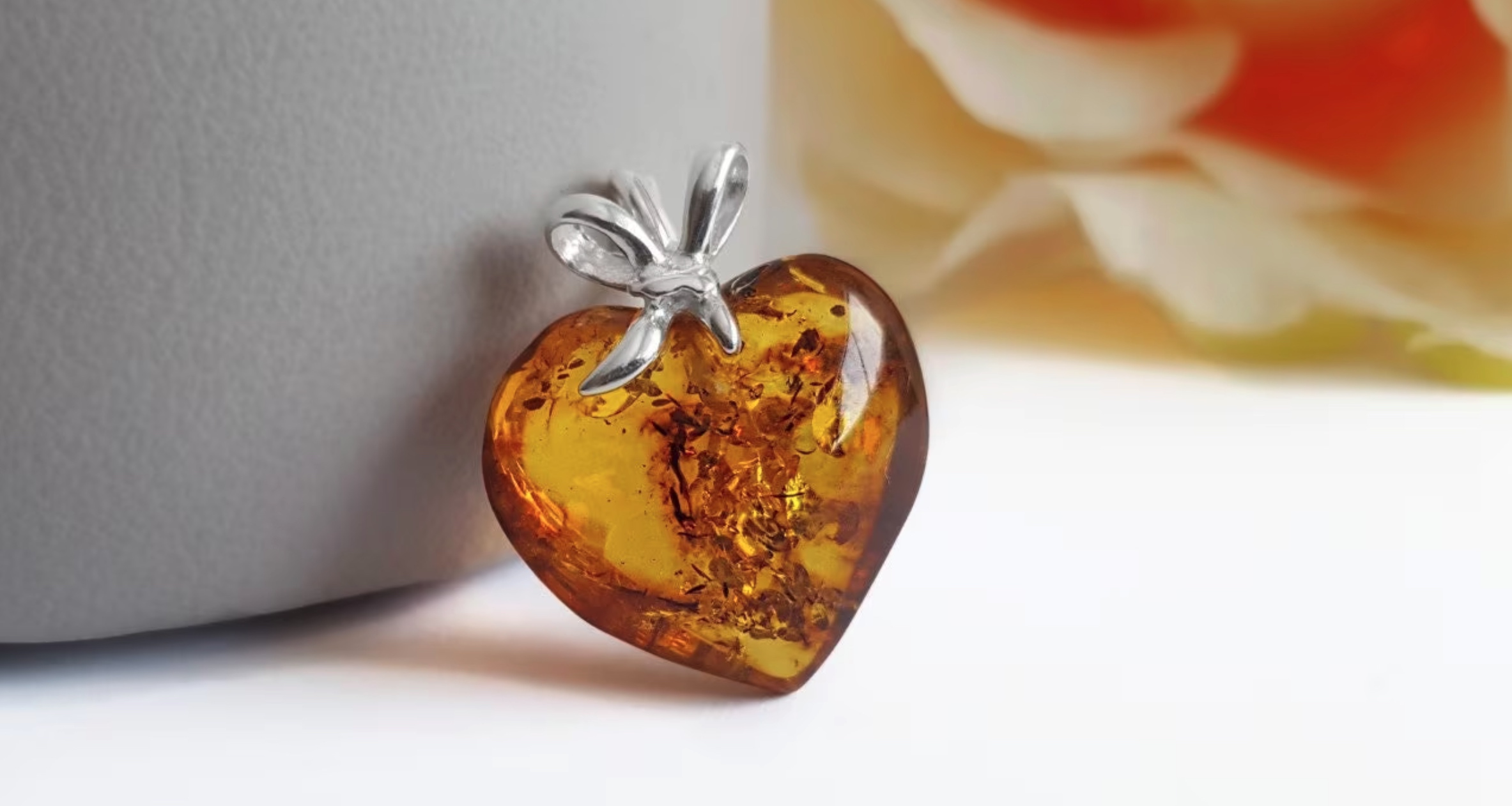
Blue Amber:
Blue amber is a captivating gemstone renowned for its stunning and rare blue coloration. Unlike typical amber, which possesses warm hues of yellow, orange, or brown, blue amber stands out with its ethereal shades ranging from pale blue to deep blue-green.
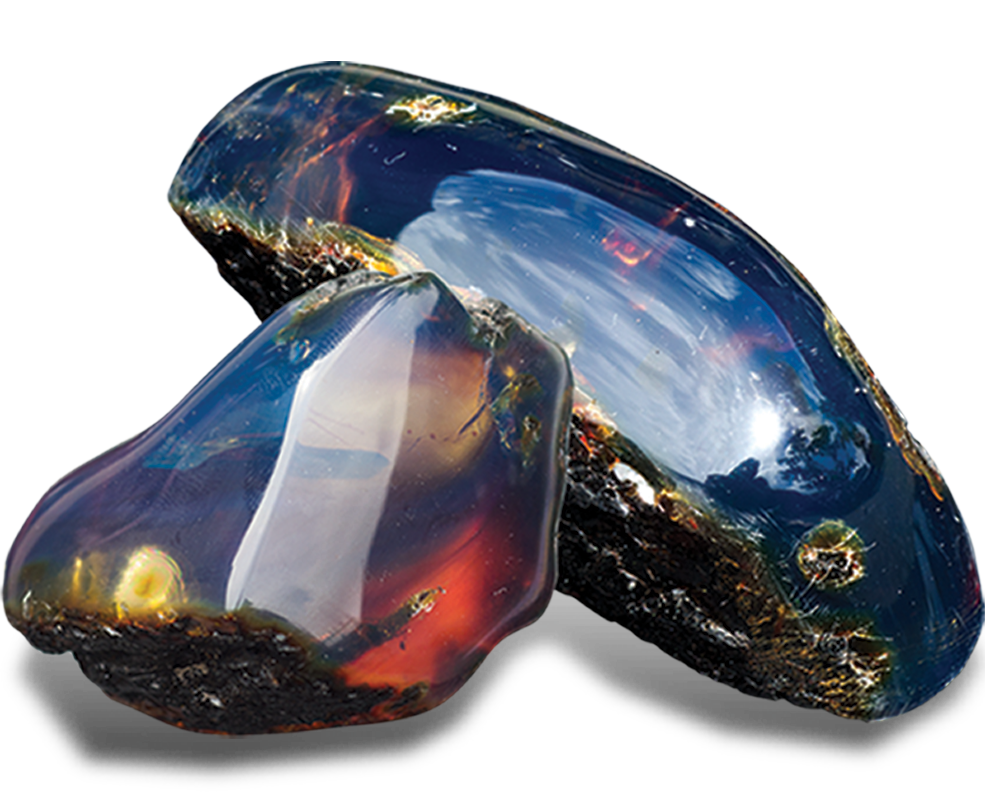
This extraordinary gem originates from the Dominican Republic, where it formed millions of years ago from the resin of extinct Hymenaea trees. The blue coloration is a result of light passing through the amber and interacting with certain organic compounds, creating a mesmerizing optical effect.
With its alluring beauty and unique properties, blue amber has become a sought-after gemstone for jewelry and collectors alike, capturing the imagination of those who appreciate the wonders of the natural world.
Dominican Amber Tours:
The Yásica Summit houses one of the most important amber deposits in the country. Visitors will have the opportunity to learn about the extraction process of this prehistoric resin and its transformation into beautiful jewelry pieces.
Includes: Tour of mining excavation area, local hosts, entrance to a demonstration mine, demonstration of amber polishing, and space for purchasing amber. The excursion will then visit the Amber Museum in Puerto Plata. Visit the Puerto Plata shore excursions page for more information.


